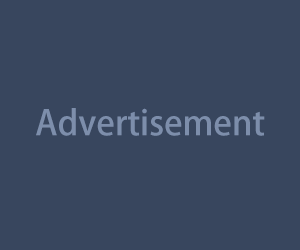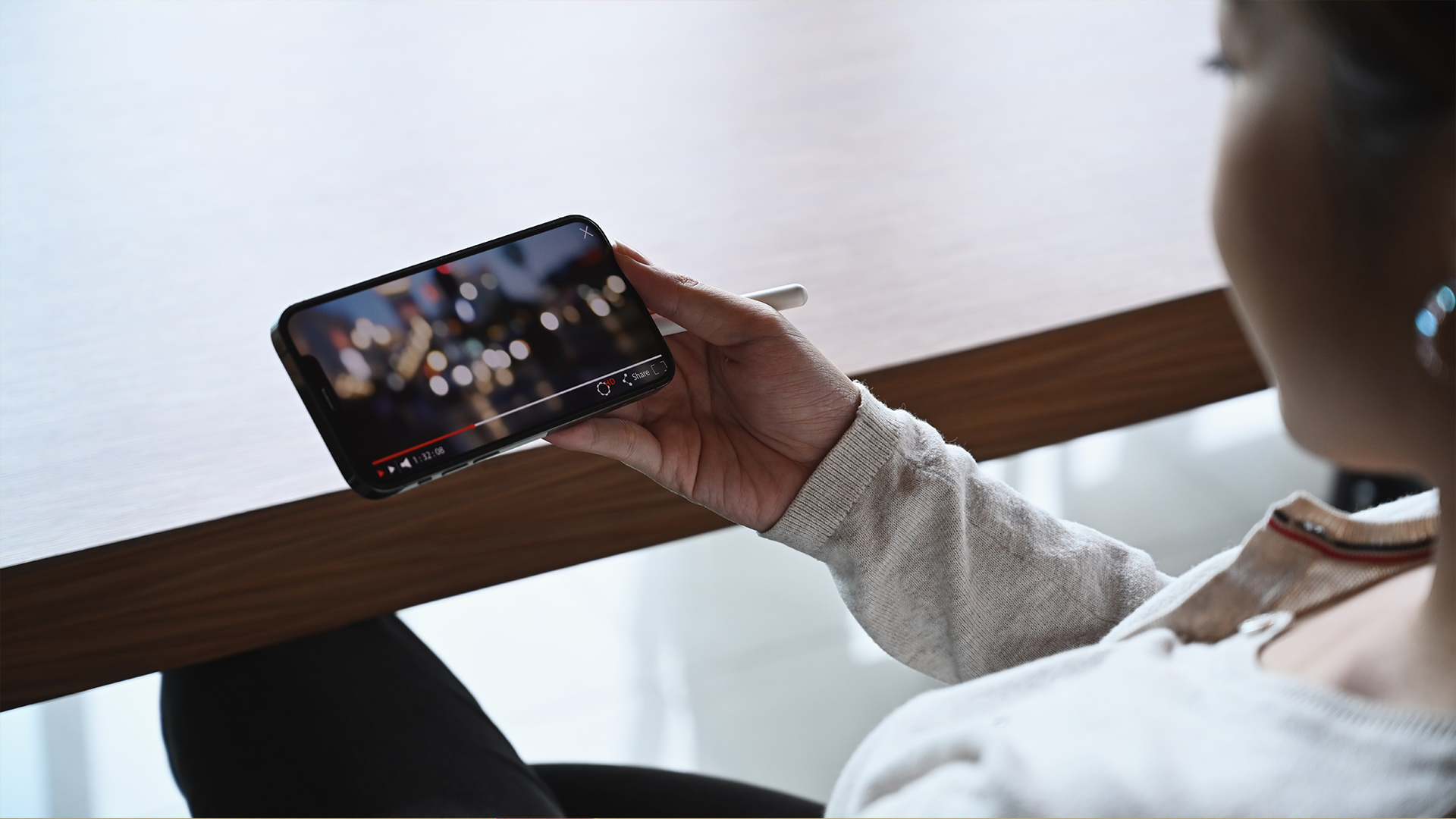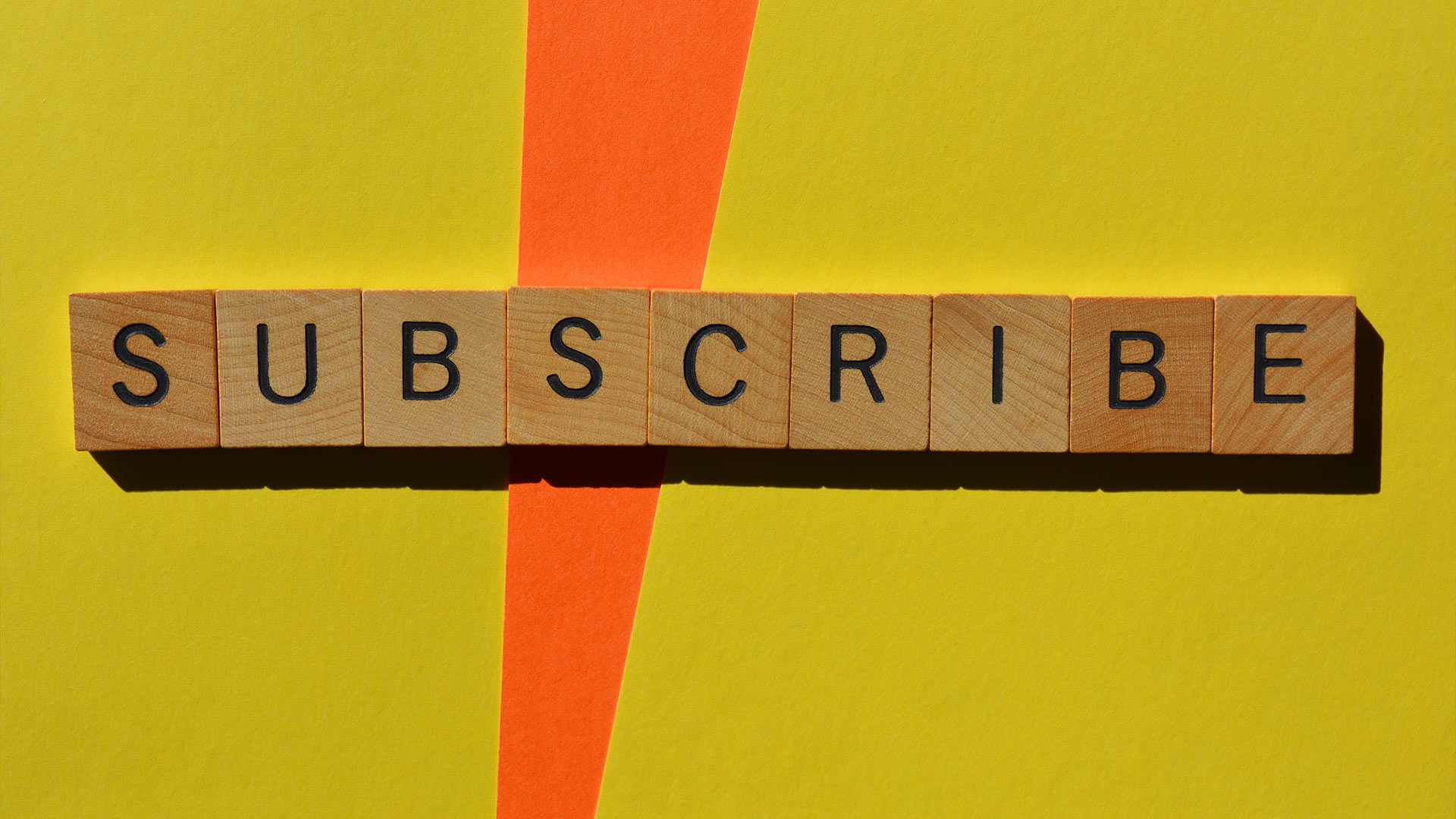If you've ever wondered why some creators get endless brand deals while others with similar views don't—you're not alone. It’s not just about audience size. Brands are picky, and what they really want is ad-ready content. Not “influencer-y,” not overly polished—just videos that feel native but still sell.
The good news? You don’t need a production studio or a media agency deal to make it happen. Here’s how to make short-form content that brands actually want to slap their logo on (and pay you for it).
What Does “Ad-Ready” Even Mean?
Ad-ready content is basically a video a brand could drop into a campaign tomorrow. It looks authentic, fits the platform, hits a key message, and most importantly—doesn’t feel like an ad.
Think of it like this:
If a brand’s marketing team looked at your video and said, “We could run this as-is,” that’s ad-ready.
Why It Matters in 2025
Brands have shifted hard toward creator-driven ads. They’re ditching traditional agencies in favor of UGC (user-generated content) that performs better and feels more trustworthy. But they’re not paying just for vibes—they want performance.
To land deals or even get picked up for whitelisting (where your content gets boosted through paid ads), your content needs to meet a few key checkboxes.
What Brands Look for in Short-Form Ads
Here’s the behind-the-scenes checklist most brands are silently using:
- Strong hook in the first 2 seconds
- Clear mention or use of the product/service
- Natural tone—not overly salesy
- Good lighting and clean framing
- Vertical format, no letterboxing
- Ideally under 30 seconds (unless scripted)
- Mention of key benefits, not just features
- No copyright music
Basically, they want it to look like something you’d post anyway—but with a purpose.
The Hook Is Everything
You could have the most convincing pitch in the world, but if you don’t hook someone in the first few seconds, they’re gone.
Great ad-ready hooks include:
- “Here’s what I’d never buy again—unless it’s this version”
- “I’ve tried every planner. This one actually stuck.”
- “This is the weirdest-looking gadget I own—and the most useful.”
It’s not about tricking people—it’s about grabbing attention with truth, curiosity, or relatability.
Showcase, Don’t Sell
This one’s huge: show the product in use. Don’t just hold it up or say “this is great.” Actually integrate it into your video like you would in real life.
If it’s skincare, apply it. If it’s a tech gadget, demonstrate it solving a real problem. If it’s a course or app, screen-record your usage.
Bonus points if you show a “before and after” or a quick transformation. That’s visual proof, and brands love it.
Sound Matters More Than You Think
You don’t need cinematic sound design, but your video should be easy to hear and understand. If your voice is muffled, the message gets lost—even if the product is amazing.
A few quick tips:
- Use a lav mic if you’re talking to camera
- Avoid loud background music
- Add auto-captions (most platforms offer this now)
- Speak clearly and slowly—yes, even in short videos
Many brands will reject great footage simply because the sound quality isn't good enough to run in ads.
Keep It Platform-Native
One of the biggest turn-offs for brands? A TikTok video reuploaded to Reels with the TikTok watermark still on it.
If you want your content to be ad-ready, it needs to match the vibe of the platform it lives on. That means:
- Use trending audio (if allowed by the platform)
- Follow editing styles common on that platform
- Use captions, text overlays, and platform-native transitions
Pro tip: shoot the raw footage clean, then create platform-specific edits.
Make the Product the Hero
But not the only character. Here's the balance:
- The product should be the solution, not the story.
- You’re the relatable person with a problem—it just so happens this product helped you solve it.
- Let your reactions, not the script, do the selling.
Example: Instead of saying “This vacuum is the best,” show your messy floor, run the vacuum, and cut to your jaw dropping when it actually works.
Know the Legal Basics
If you want brands to take you seriously, make sure your content can actually be used:
- Use royalty-free or licensed music only (or platform music libraries)
- Avoid showing competitor products in the same frame
- Don’t use trademarked logos in the background
- Add #ad or #sponsored if it’s a paid partnership
Some creators miss out on deals simply because their great video had copyrighted background audio and couldn’t be boosted.
Include a CTA Without Sounding Desperate
Brands love a call to action, but not the cringe kind. Skip “smash that buy button” and try more natural endings like:
- “I didn’t expect this to work, but here we are.”
- “It’s linked if you’re curious.”
- “Let me know if you try it too.”
These sound like something a friend would say, which is exactly what brands are after.
Build a Mini Portfolio
Want to get on a brand’s radar before they reach out? Build a few ad-ready samples on your own using:
- Stuff you already love and use
- Trending formats (day-in-the-life, first impressions, tutorials)
- Evergreen products—things brands always advertise (tech, wellness, food)
Post them on your feed, but also keep them organized in a “UGC folder” you can send to brands or add to your link-in-bio.
Many creators land gigs by DMing a brand, linking to a sample video, and simply saying: “Made this because I love the product. Happy to work with you if you ever need content.”
That’s it. Clean, useful, no pressure.




